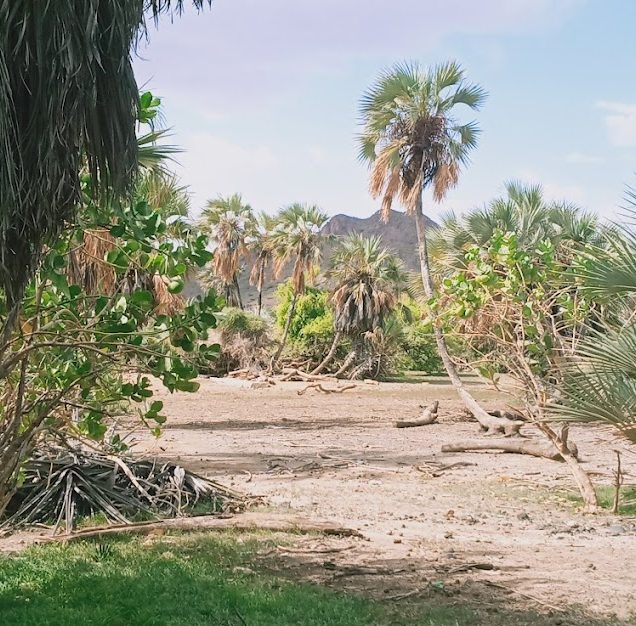Sibiloi National Park is located on the northeastern shores of Lake Turkana in Kenya. It is renowned for its paleontological and archaeological significance, as well as its diverse landscapes and unique wildlife. Here are key features and information about Sibiloi National Park:
- Location:
- Sibiloi National Park is situated on the northeastern shores of Lake Turkana in the Kenyan Rift Valley. The park covers an area of approximately 1,570 square kilometers (606 square miles).
- Lake Turkana:
- Lake Turkana, also known as the Jade Sea, is the largest desert lake in the world. The lake’s unique color and alkaline nature contribute to its distinctiveness. It is a UNESCO World Heritage Site.
- Paleontological and Archaeological Significance:
- Sibiloi National Park is part of the Lake Turkana region, often referred to as the “Cradle of Mankind.” The park has yielded numerous fossil remains, including hominid fossils dating back millions of years. The Koobi Fora site within the park is particularly significant in paleontological research.
- Koobi Fora Museum:
- The Koobi Fora Museum, located near the park, provides insights into human evolution and showcases fossils discovered in the region. It is an essential stop for those interested in paleontology and anthropology.
- Wildlife:
- The park is home to a variety of wildlife adapted to the semi-desert environment. Wildlife includes Grevy’s zebras, Beisa oryx, gerenuks, crocodiles, hippos, and various bird species. The park also serves as a stopover for migratory birds.
- Crater Lake:
- Sibiloi National Park features a crater lake known as Crocodile Lake. The lake is home to a population of Nile crocodiles, which can often be seen basking along the shores.
- Landscape:
- The landscape of Sibiloi National Park is diverse, ranging from rocky outcrops and volcanic hills to savannah plains and the shores of Lake Turkana. The park’s unique setting adds to its appeal for visitors.
- Turkana Boy Site:
- The Turkana Boy site, located within the park, is where the fossilized remains of a Homo erectus individual were discovered. The discovery provided important insights into early human history.
- Northern Desert Nomadic Tribes:
- The region surrounding Sibiloi National Park is home to various ethnic groups, including the El Molo people, who are traditionally fishermen, and the Turkana people, who are pastoralists. These communities contribute to the cultural richness of the area.
- Conservation and Research:
- Sibiloi National Park plays a crucial role in the conservation of its unique ecosystems and the ongoing research into paleontological and archaeological discoveries. Conservation efforts also involve the protection of wildlife and the lake’s biodiversity.
- Accessibility:
- The park can be reached by road from towns such as Lodwar and Kalokol. The roads may be challenging, especially during the rainy season. Air transport is also possible to airstrips near the park.
- Accommodations:
- Accommodations in the Sibiloi National Park area are limited, and visitors may need to arrange for camping or stay in lodges or camps in nearby towns.
Sibiloi National Park stands as a unique destination where visitors can explore the rich history of human evolution while enjoying the striking landscapes and diverse wildlife of the Lake Turkana region. Its combination of cultural heritage, scientific significance, and natural beauty makes it a distinctive part of Kenya’s national parks.






